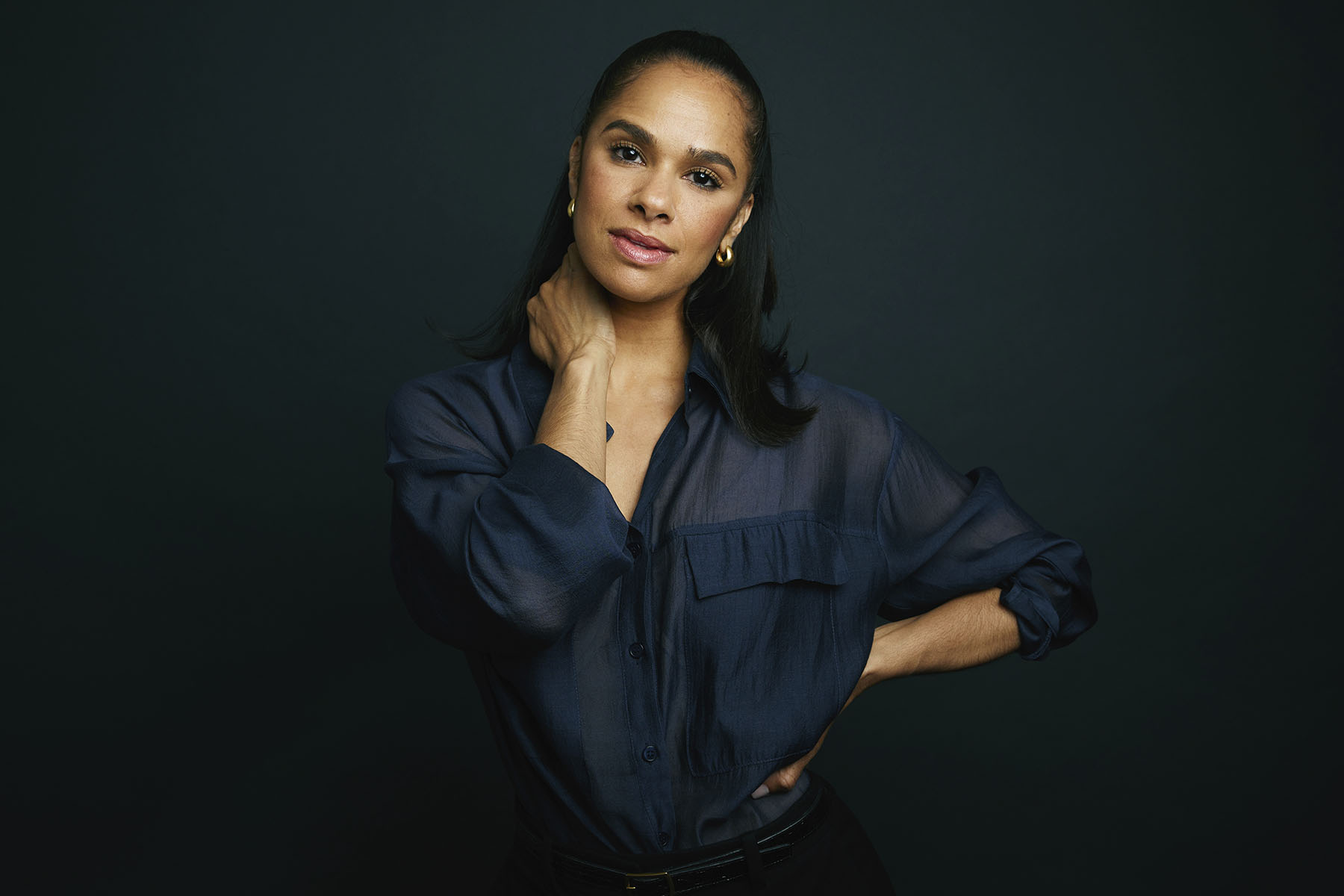On Wednesday, Misty Copeland will perform her final show as a professional ballerina after 25 years with American Ballet Theatre. The farewell performance at ABT’s Fall Gala also marks her return to the stage after a five-year hiatus.
Copeland’s retirement comes 10 years after her historic promotion to principal dancer in 2015, becoming the first Black woman in ABT’s 75-year history at the time to hold that title. Her ascent was heralded as a turning point for ballet, a sign that one of the world’s most tradition-bound art forms might finally be opening its doors to a more diverse generation of dancers.
But a decade later, there has yet to be another Black woman principal at ABT. As Copeland, 43, bows out, she leaves behind both a powerful legacy and an urgent question: What happens now?
Theresa Howard is a former Dance Theatre of Harlem company member and founder of Memoirs of Blacks in Ballet, a digital archive dedicated to preserving the history of Black ballet artists. She said Copeland’s career can’t be separated from the moment in American culture when she rose to prominence.
“To understand Misty Copeland in the smaller context of ballet, you have to plug her into what was happening socially and politically with Black people and Black culture in America 10 or 15 years ago. In the ballet world, she became a kind of catalyst,” Howard said.
Copeland’s rise came at a turning point. Her first leading role with Ballet Theatre, “The Firebird,” premiered in 2012, the same year the Black Lives Matter movement started a national conversation. At the same time, the dance world was experiencing a distinct lack of visibility for Black dancers. The Dance Theatre of Harlem, a historic company that prioritizes Black dancers, was just coming out of an eight-year hiatus. At a time when few dancers of color were visible on elite stages, Copeland’s story of perseverance symbolized possibility. She was also a crossover star, appearing in national commercials, magazine profiles, and even on stage with Prince well before her historic promotion to principal dancer.
Copeland was also unusually open about her goal to break the color barrier at ABT, speaking openly in interviews and in her memoir about her ambition to become the company’s first Black female principal. Her visibility as a public figure helped challenge entrenched ideas of what a ballerina should look like. Not only was she a Black woman in a predominantly White field, her body was shorter, curvier and more muscular than the traditional ballet ideal, defying the industry’s narrow aesthetic standards.

Still, the systemic issues that made her an exception remain. Ballet has long faced criticism for its lack of diversity and rigid beauty standards. The art form has struggled to make space for dancers who don’t fit its traditional ideals of uniformity, leaving many young dancers of color without role models. And the high cost of training, equipment and elite instruction continues to exclude many from low-income families.
Copeland has spoken candidly about her experience with these obstacles. In her 2014 memoir, “Life in Motion: An Unlikely Ballerina,” she wrote about how being “a little brown-skinned girl in a sea of whiteness” affected her confidence. In a recent interview with The New York Times, she reflected on the typecasting she faced early in her career. When she first started with the company, she was often cast as “the earthy character” and given roles in contemporary works rather than classical ones. She also advocated for herself and other dancers of color on social media. In 2023, she shared how she paints her pointe shoes to match her skin color, starting a conversation around inclusivity in dance uniforms that’s still happening today.
For many, her breakthrough inspired a broader conversation about ballet’s future and what it could become if it reckoned with its past. Howard believes that the last decade has brought meaningful, if uneven, change.
“We’re now able to have more informed conversations about racial barriers, segregation and omission and how all of that shaped ballet. The scarcity of Black dancers isn’t by accident. We know that Black people have been in ballet since its inception. That understanding, I think, is something we won’t roll back,” Howard said.
The timing of Copeland’s departure coincides with a broader backlash against diversity, equity and inclusion initiatives in the arts and beyond. Public funding for artistic programs is shrinking, and many institutions that made promises about representation have quietly scaled back those efforts. The world of ballet has seen enormous strides in the decade since Copeland’s rise to fame, but it’s hard to know how it will hold in the future. Her retirement leaves American Ballet Theatre with no Black female principal or soloist dancer.
“Now, when you look around the world, we are seeing Black dancers, dancers of color on stages, we’re seeing different types of hairstyles, and all these things that honor the artist’s identity. And that’s really wonderful,” Howard said. “But without the financial incentives to push forward, it’ll be interesting to see how much further it continues.”
Even as she steps away from the stage, Copeland is finding new ways to shape ballet’s future. Growing up, Copeland’s family couldn’t afford ballet classes, but an afterschool program at the Boys and Girls Club introduced her to the art form. In 2021, she launched the Misty Copeland Foundation to offer that same access to children who might not otherwise see themselves in ballet, beginning with its “BE BOLD” afterschool dance initiative and inclusive teaching curriculum.
“Black and brown communities are interested and want to be in these spaces,” she told The New York Times in a recent interview about her legacy. “They just need to see themselves. They need to feel like it’s something that they’re being invited into.”





